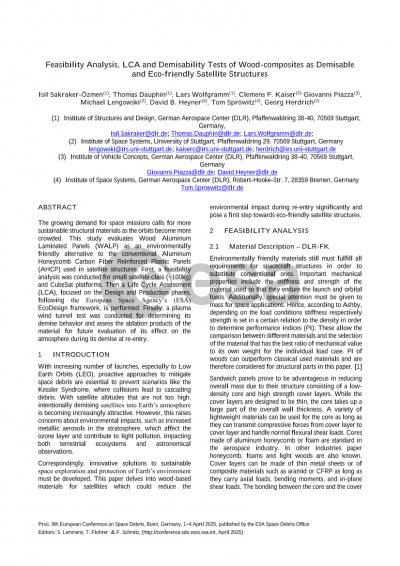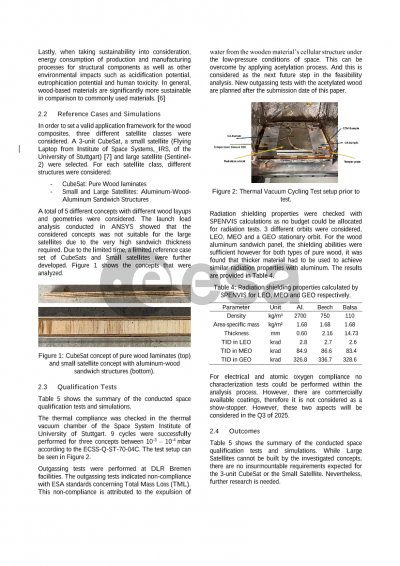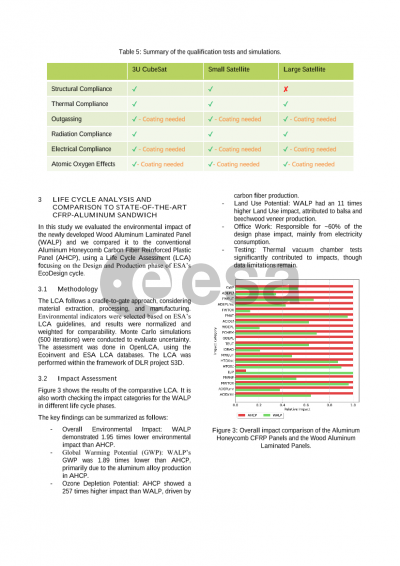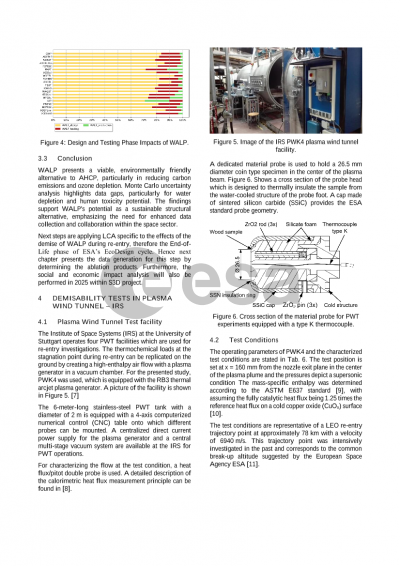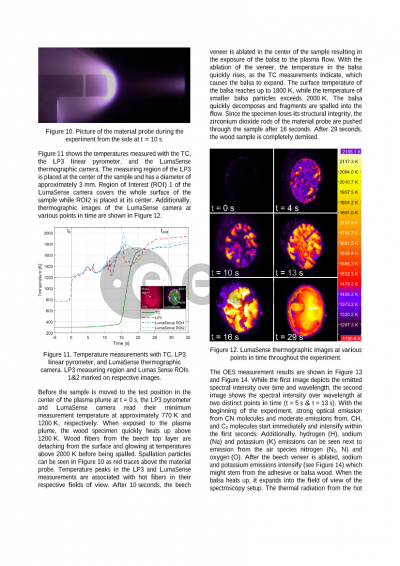Document details

Abstract
Recent studies reveal that at least 10% of aerosols in the stratosphere originate from satellite or rocket re-entries. In response to these findings, the DLR Institute of Structures and Design, DLR Institute of Vehicle Concepts, and the Space System Institute at the University of Stuttgart collaborated to explore sustainable alternatives that could reduce metallic content in satellite structures. This joint effort focused on developing primary structure concepts suitable for CubeSat, small, and large satellite classes as alternatives to traditional aluminum-aluminum honeycomb and CFRP-aluminum sandwich panels.
For CubeSats, our analysis showed that structures made entirely from wood are feasible, as demonstrated by previous missions like Japan's LignoSat and Finland's WISOSat. For small and large satellite classes, however, a thin aluminum layer was incorporated into the wood composite to meet necessary requirements for mechanical stiffness, electrical and thermal conductivity, and radiation protection. Ultimately, the proposed wood-composite designs were found feasible for CubeSats and small satellites.
Extensive simulations were conducted to evaluate structural stiffness, thermal loads, radiation shielding, and electrical compliance. Additionally, a series of physical tests, including mechanical (4-point bending and compression), thermal-vacuum cycling, and outgassing assessments, validated compliance with space environment requirements. Further, plasma wind tunnel tests are scheduled for completion by February 2025 at the University of Stuttgart to evaluate the demise characteristics of wood composites compared to CFRP and aluminum.
While ESA Guidelines currently favor design-for-demise strategies, the potential environmental impact of spacecraft on the upper atmosphere has become a growing concern. In addition to metal residues, soot from re-entries is known to be problematic. To quantify the atmospheric impact of wood-composite satellites, it is essential to identify ablation products in a controlled laboratory setting. The plasma wind tunnel tests will generate critical data for atmospheric simulations to further understand the effects of wood composites on atmospheric chemistry.
Finally, a comparative Life-Cycle Analysis (LCA) of the wood-composite structures and traditional CFRP-aluminum honeycomb panels demonstrated that wood composites have a significantly lower environmental impact on Earth.
Preview
